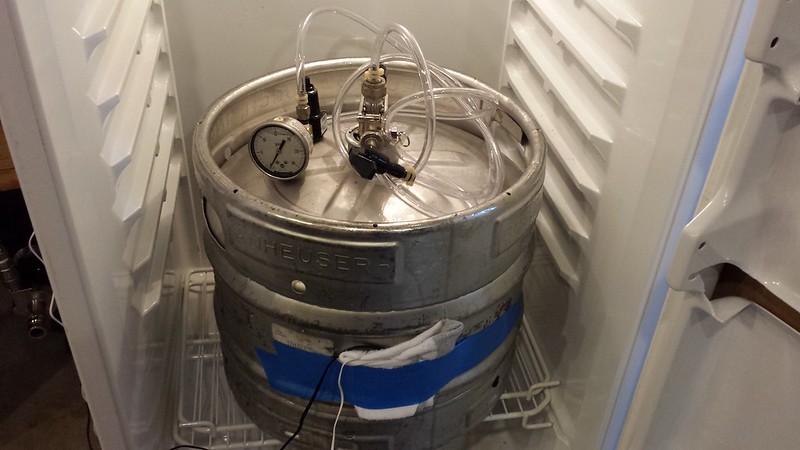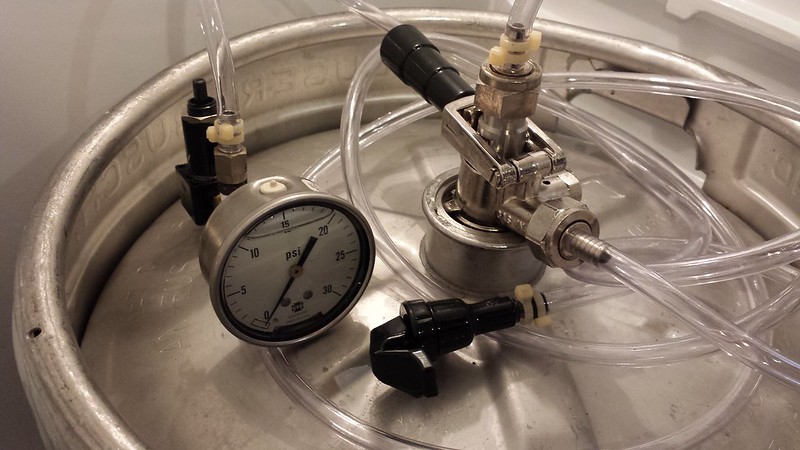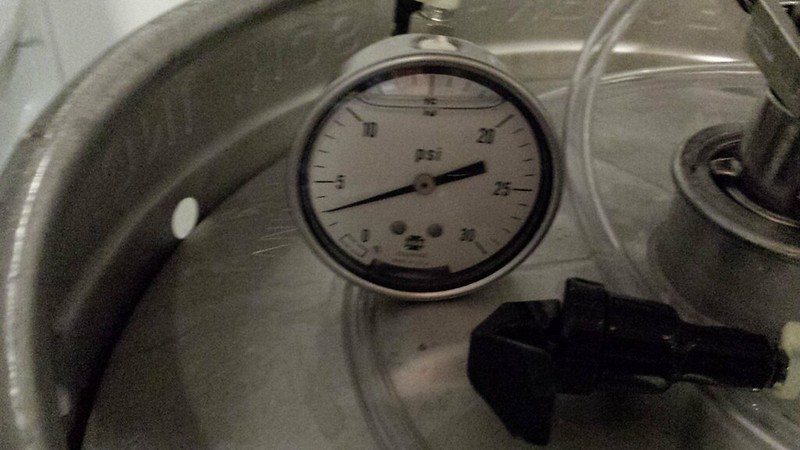Ladder23Brewing
Member
So if I am understanding this correctly, if you find a way to cold crash your whole conical you can drink fresh carbonated beer straight from your conical!?!?! Here is what I am thinking:
If you have a conical that can pressure ferment such as the Brewhemoth, then why cant you dump the yeast regularly to avoid the packed yeast cake, cold crash the conical, attach your tap to the racking port, and dispense your fresh beer? (This is all after the proper fermentation periods of course). I mean how cool would it be to drink fresh carbonated beer right from your sexy conical?!?!
The Brewhemoth with its spunding valve will allow the brew to self carbonate as it ferments so all that is needed then is to cool the brew and serve right?
I am taking this idea from the Williams Warn Personal Brewery as this is generally how their product works.
What are your thoughts? Has anyone tried this?
If you have a conical that can pressure ferment such as the Brewhemoth, then why cant you dump the yeast regularly to avoid the packed yeast cake, cold crash the conical, attach your tap to the racking port, and dispense your fresh beer? (This is all after the proper fermentation periods of course). I mean how cool would it be to drink fresh carbonated beer right from your sexy conical?!?!
The Brewhemoth with its spunding valve will allow the brew to self carbonate as it ferments so all that is needed then is to cool the brew and serve right?
I am taking this idea from the Williams Warn Personal Brewery as this is generally how their product works.
What are your thoughts? Has anyone tried this?









